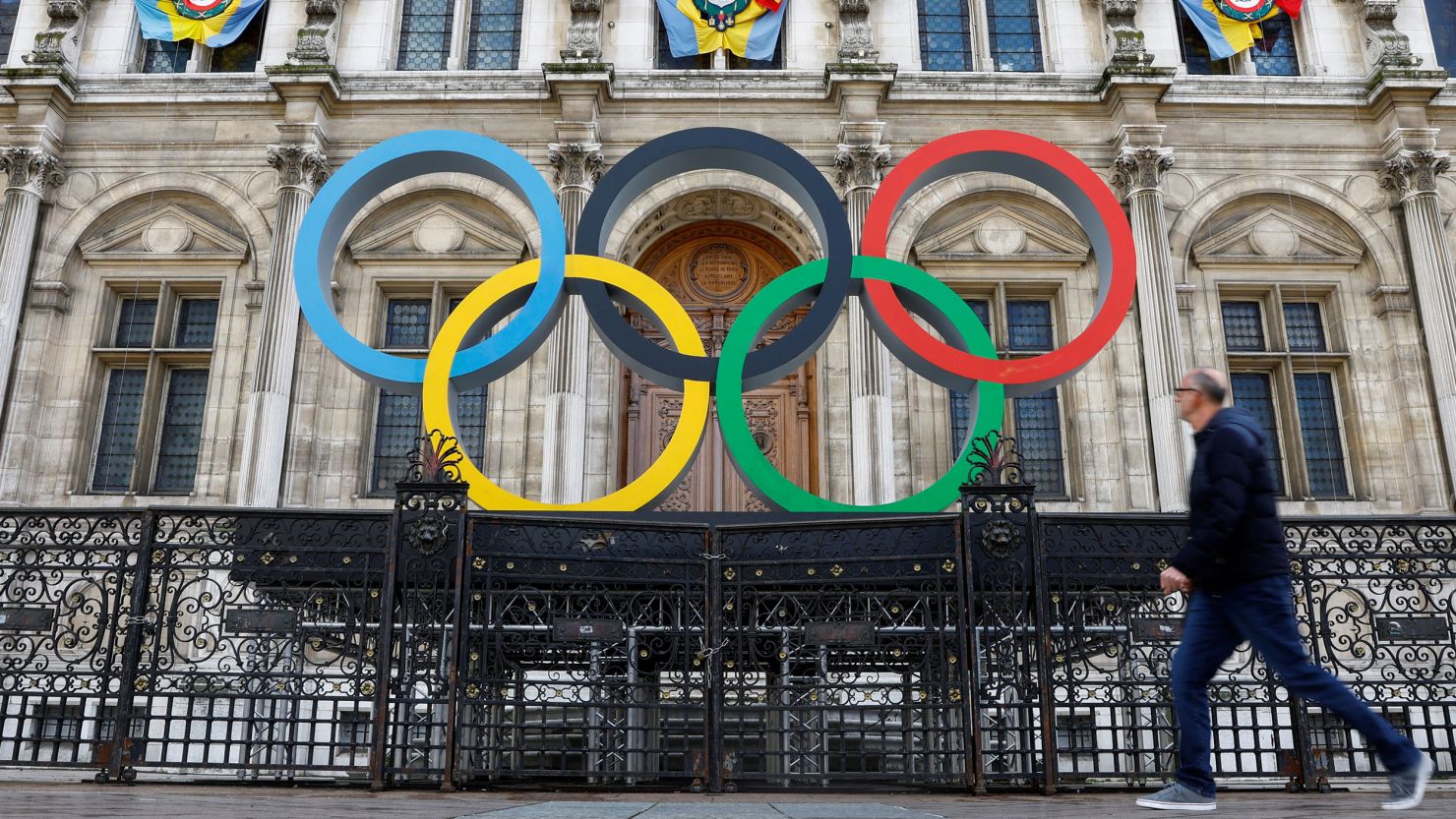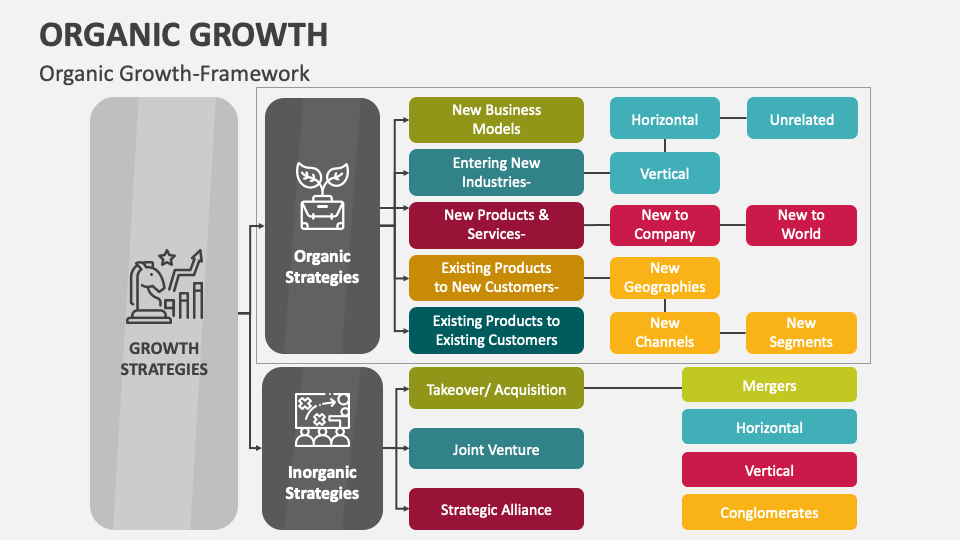Controversy In France: Ban On Hijabs For Minors In Public Spaces Gains Support

Table of Contents
Arguments in Favor of the Hijab Ban for Minors
Proponents of the hijab ban for minors in France cite several key justifications for the proposed legislation. Their arguments center around the protection of children, the upholding of secular values, and the prevention of discrimination.
Protection of Children
A central argument in favor of the ban focuses on the vulnerability of minors and the potential for coercion within religious contexts. Supporters argue that children lack the maturity to fully comprehend the implications of wearing a hijab, making them susceptible to undue influence from family or community members. The concern is that forcing a child to wear a hijab restricts their freedom of choice regarding their religious practices.
- Lack of maturity to fully understand religious implications: Young girls may not fully grasp the religious significance of the hijab, leading to a forced adherence to religious norms.
- Risk of social isolation if not conforming to community norms: Pressure to conform can lead to social exclusion and stigmatization if a child chooses not to wear a hijab.
- Potential for exploitation by extremist groups: In extreme cases, the hijab can be used as a symbol of extremist ideology, potentially leading to the exploitation and radicalization of vulnerable minors.
Upholding Secular Values (Laïcité)
The principle of laïcité, the separation of church and state, is deeply ingrained in French society and culture. Advocates for the ban argue that it aligns with this fundamental principle by maintaining the neutrality of public spaces. They contend that religious symbols, such as the hijab, should not dominate the public sphere and that the ban helps to ensure a level playing field for all citizens, regardless of their religious beliefs.
- Maintaining neutrality of the public sphere: The ban aims to prevent the public space from being dominated by any particular religious symbol.
- Preventing religious symbols from dominating public life: Proponents argue that a visible display of religious affiliation in public can create an imbalance and potentially alienate individuals from other religious backgrounds.
- Promoting integration and social cohesion: They believe the ban promotes a more unified and inclusive society where individuals are not identified primarily by their religious affiliation.
Preventing Discrimination
Paradoxically, some proponents argue the ban aims to prevent discrimination against girls who might feel pressured into wearing the hijab. They believe that the ban protects young girls from societal pressures to conform to religious norms, empowering them to make independent choices about their identity and religious practices.
- Empowering young girls to make independent choices: The ban, in this view, frees girls from societal expectations and allows them to decide for themselves about wearing a hijab when they are older and better able to make informed decisions.
- Protecting against potential social ostracization for non-compliance: The ban seeks to mitigate the risk of social isolation for girls who choose not to wear the hijab.
- Creating a more inclusive environment for all: By removing a potential source of division, proponents believe the ban creates a more inclusive society for all young people, regardless of religious background.
Arguments Against the Hijab Ban for Minors
Opponents of the hijab ban raise serious concerns about its impact on religious freedom, its practical effectiveness, and its potential negative consequences for gender equality.
Infringement on Religious Freedom
Critics argue that the hijab ban infringes upon fundamental human rights, specifically the freedom of religion. They point to international legal frameworks, such as the Universal Declaration of Human Rights, that protect religious expression. They fear the ban sets a dangerous precedent, potentially leading to restrictions on other religious practices.
- Violation of freedom of conscience and religion: The ban restricts the ability of Muslim girls and their families to practice their faith freely.
- Potential for disproportionate impact on Muslim communities: The ban specifically targets a minority religious group, raising concerns about discrimination and marginalization.
- Setting a dangerous precedent for restricting other religious practices: Opponents worry this could pave the way for further restrictions on religious expression in France.
Ineffectiveness and Practical Challenges
Critics also question the practical feasibility and effectiveness of enforcing such a ban. They argue that it could lead to increased polarization and resentment within society, undermining efforts at community engagement and integration.
- Difficulty in monitoring and enforcing the ban: Determining the age of individuals and enforcing the ban would be challenging and resource-intensive.
- Risk of increased stigmatization of Muslim girls: The ban could inadvertently lead to further marginalization and discrimination against Muslim girls.
- Potential for undermining efforts at community engagement: The ban could damage relations between the state and the Muslim community, hindering efforts to address social issues collaboratively.
Concerns about Gender Equality
Opponents argue that the ban could inadvertently harm gender equality by further marginalizing Muslim women and girls. They contend that restricting religious expression does not address the root causes of patriarchal structures and may even reinforce them.
- Potential for reinforcing patriarchal structures: The ban might place more pressure on girls to conform to certain societal expectations, regardless of their religious beliefs.
- Failure to address root causes of religious practice: The ban ignores the complex socio-cultural factors influencing the wearing of the hijab and fails to address the underlying issues.
- Ignoring the diversity of experiences among Muslim women: The ban overlooks the diversity of individual choices and beliefs within the Muslim community.
Conclusion
The debate surrounding the proposed hijab ban for minors in France highlights complex issues related to religious freedom, secularism, and children’s rights. While proponents argue it protects children and upholds secular values, opponents raise serious concerns about religious freedom, effectiveness, and potential negative consequences. The ongoing discussion underscores the need for a nuanced and respectful approach to navigating this delicate balance. Further discussion and analysis are crucial to ensure a fair and just outcome regarding this highly sensitive issue of the hijab ban in France. Understanding the various perspectives is vital to fostering a more informed public discourse on the hijab ban and its ramifications. Let's continue this important conversation about the French hijab ban and its potential impacts on French society.

Featured Posts
-
 Organic Growth Strategy Leads Cenovus To Dismiss Meg Bid Speculation
May 25, 2025
Organic Growth Strategy Leads Cenovus To Dismiss Meg Bid Speculation
May 25, 2025 -
 Nome Do Filme Como Um Trailer Marcou Uma Geracao
May 25, 2025
Nome Do Filme Como Um Trailer Marcou Uma Geracao
May 25, 2025 -
 From Glasgow To La The Visuals Of A Compston Thriller
May 25, 2025
From Glasgow To La The Visuals Of A Compston Thriller
May 25, 2025 -
 Konchita Vurst Togava I Sega Neynata Evolyutsiya
May 25, 2025
Konchita Vurst Togava I Sega Neynata Evolyutsiya
May 25, 2025 -
 Ilk 30 Dakikada 4 Gol Soerloth La Liga Yi Salladi
May 25, 2025
Ilk 30 Dakikada 4 Gol Soerloth La Liga Yi Salladi
May 25, 2025
